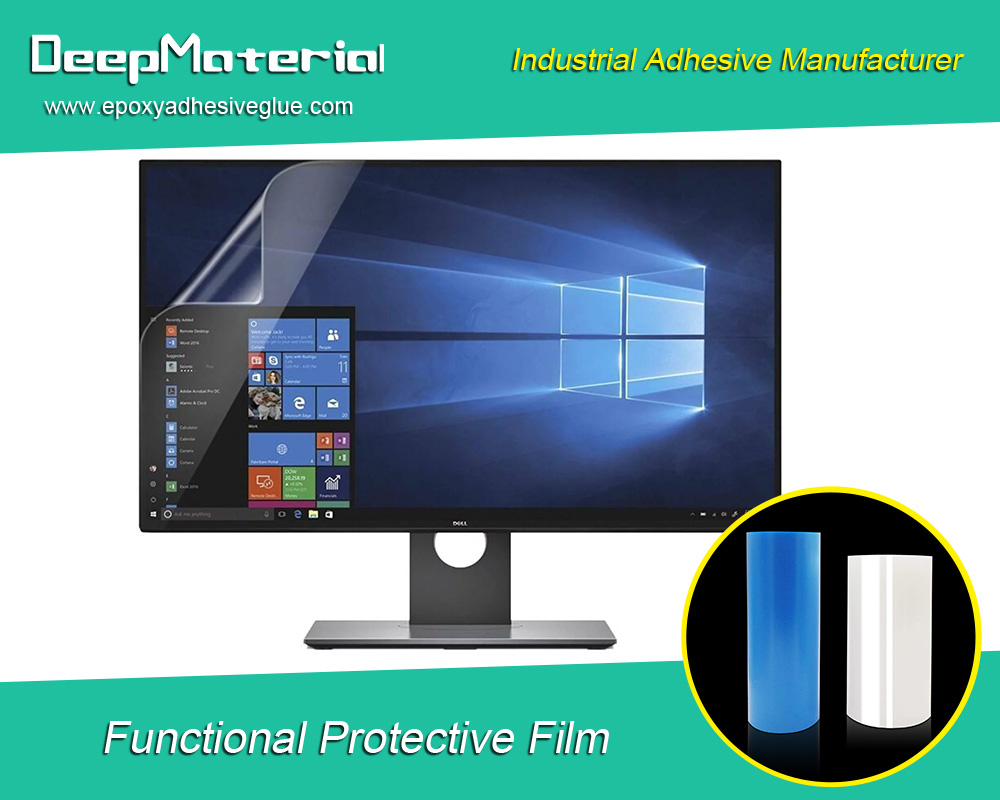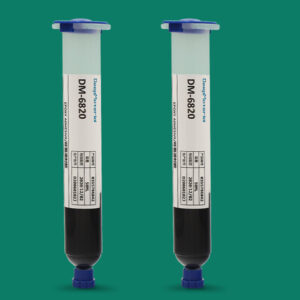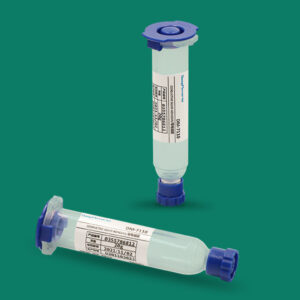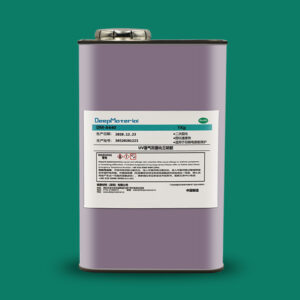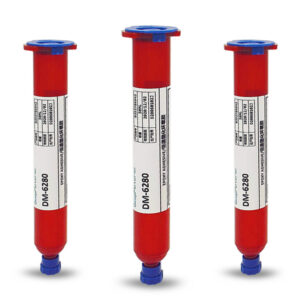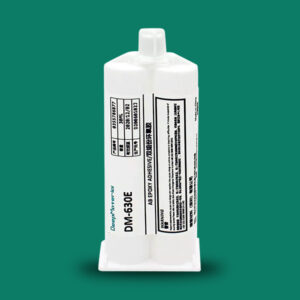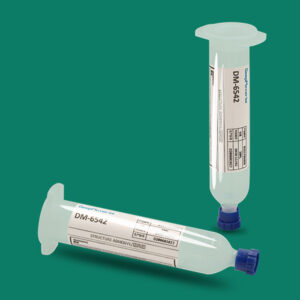Understanding Lithium-Ion Battery Fire Extinguishers: Essential Safety Measures for a Growing Risk
Understanding Lithium-Ion Battery Fire Extinguishers: Essential Safety Measures for a Growing Risk
Lithium-ion (Li-ion) batteries have become indispensable in our daily lives, powering everything from smartphones and laptops to electric vehicles (EVs) and energy storage systems. The rise of these high-energy-density power sources has revolutionized technology, but it has also introduced a significant fire safety concern. Although lithium-ion batteries are generally safe, under certain conditions, they can overheat, catch fire, or even explode. A malfunctioning battery, a short circuit, or exposure to extreme temperatures can trigger a chain reaction known as thermal runaway, which makes these fires especially dangerous to manage.
Given the increasing prevalence of lithium-ion batteries in consumer electronics, electric vehicles, and industrial applications, understanding how to handle and extinguish fires caused by these power sources safely has never been more critical. Lithium-ion battery fire extinguishers are specially designed tools for addressing the unique challenges posed by these battery-related fires. This article will explore the importance of having the right fire extinguishing equipment, the risks associated with lithium-ion battery fires, and best practices for using fire extinguishers to minimize damage and ensure safety.
The Growing Risk of Lithium-Ion Battery Fires
What Causes Lithium-Ion Battery Fires?
Lithium-ion batteries comprise a series of cells that store energy through a chemical reaction. However, these batteries can be vulnerable to internal failures, external damage, or manufacturing defects. When any of these conditions occur, they can cause thermal runaway, a rapid and uncontrolled rise in temperature that can lead to fires or explosions. Some common causes of lithium-ion battery fires include:
- Overcharging: Charging a battery beyond its safe capacity can lead to excessive heat buildup.
- Physical Damage: Dropping or puncturing a battery can cause internal short circuits.
- Faulty Battery Management Systems (BMS): These systems are designed to monitor and control battery performance. A failure in this system can result in overheating or overcharging.
- External Heat: Exposure to high temperatures can increase the risk of a fire.
- Manufacturing Defects: Faults in the materials or assembly can lead to battery failure.
These events can create violent and uncontrollable fires, so conventional fire extinguishers are often unsuitable for tackling lithium-ion battery fires.
The Dangers of Lithium-Ion Battery Fires
Lithium-ion battery fires present several unique challenges compared to fires involving other materials. Some of the key dangers include:
- High Temperatures: Lithium-ion fires can burn at temperatures exceeding 1,100°F (600°C), much higher than standard house fires. The intense heat can melt metal components, cause structural damage, and start secondary fires.
- Toxic Fumes: When lithium-ion batteries burn, they release poisonous gases such as hydrogen fluoride, which is highly corrosive and can cause severe health issues if inhaled.
- Reignition Risk: Even after a fire has been extinguished, a lithium-ion battery may reignite due to ongoing chemical reactions inside the cells. A lack of proper extinguishing can lead to the fire rekindling unexpectedly.
- Explosion Hazard: In extreme cases, lithium-ion batteries can explode, scattering burning debris and creating additional hazards for anyone nearby.
For these reasons, fire suppression tools designed explicitly for lithium-ion battery fires are critical to ensuring personal safety and property protection.

Why Standard Fire Extinguishers Are Not Enough
Limitations of Traditional Fire Extinguishers
Traditional fire extinguishers—such as those used for wood, paper, or electrical fires—are not effective in extinguishing lithium-ion battery fires for several key reasons:
- Ineffective on Metal Fires: Some lithium-ion batteries, especially in electric vehicles or energy storage systems, may contain metallic components that react violently with common extinguishing agents like water or foam.
- Risk of Reignition: Many conventional extinguishers cannot thoroughly neutralize the chemical reactions inside a lithium-ion battery. Even if the fire is temporarily extinguished, the battery may reignite.
- Inappropriate Suppression: While effective on ordinary fires, water-based extinguishers can be dangerous when used on electrical fires or battery-related fires. Water can conduct electricity and lead to electrocution or further battery failure.
Why Lithium-Ion Battery Fire Extinguishers Are Essential
Lithium-ion battery fire extinguishers are specifically formulated to address the unique characteristics of lithium-ion battery fires. They are designed to cool the battery cells rapidly, prevent thermal runaway, and suppress ongoing chemical reactions. This is achieved through specialized suppression agents and techniques not typically found in standard fire extinguishers.
Having a lithium-ion battery fire extinguisher on hand, especially in environments where batteries are frequently used, is critical for maintaining safety. Whether in a home, office, warehouse, or industrial setting, these fire extinguishers provide an added layer of protection to mitigate the risk of fire escalation quickly.
Best Practices for Handling Lithium-Ion Battery Fires
Know When and How to Use a Lithium-Ion Battery Fire Extinguisher
In a lithium-ion battery fire, prompt and proper fire extinguisher use is essential. Here are some best practices to follow:
- Assess the Situation: Before attempting to use a fire extinguisher, assess the size and scale of the fire. If the fire is small and contained, it may be manageable with an appropriate extinguisher. However, if the fire is large or spreading, evacuate immediately and call emergency services.
- Use the Correct Extinguisher: Ensure that the Extinguisher is designed explicitly for lithium-ion battery fires. Using the wrong type of Extinguisher could make the situation worse.
- Stay at a Safe Distance: Always maintain a safe distance from the fire, especially if the battery is in an electric vehicle or an extensive energy storage system. Lithium-ion fires can sometimes result in explosions, so keep yourself and others well away from the immediate danger zone.
- Apply the Extinguisher Properly: Aim the extinguisher nozzle at the base of the fire and discharge the agent in short bursts. Cover the batter evenly to cool it down and suppress the flames.
Evacuate and Call Emergency Services
Even if the fire appears to be under control, lithium-ion battery fires can reignite without warning. Always call emergency services to ensure that professionals can inspect the situation and take further action if necessary. Firefighters are equipped with specialized equipment and knowledge to safely handle the aftermath of a lithium-ion battery fire.
Post-Fire Management
After extinguishing a lithium-ion battery fire, it is essential to dispose of the affected batteries properly. Damaged batteries should never be reused or sent to regular landfills. Many areas have specialized recycling centers that accept damaged or burned-out lithium-ion batteries for safe disposal.
The Importance of Fire Safety Training and Preparedness
Training Employees and Residents
Fire safety training is essential given the increasing presence of lithium-ion batteries in residential and commercial environments. Educating employees, homeowners, and others about the unique dangers of lithium-ion battery fires and how to use fire extinguishers correctly can significantly reduce the risk of injury and property damage.
- Fire Drills: Regular fire drills that include scenarios with lithium-ion battery fires should be conducted to ensure people are familiar with the proper procedures.
- Emergency Protocols: Establish clear protocols for handling battery fires, including evacuation plans and specialized extinguishing equipment.
Fire Safety Equipment in Key Locations
For businesses and organizations, it is essential to have lithium-ion battery fire extinguishers readily available in key areas where batteries are used or stored. These areas include:
- Data Centers: Where servers and backup power systems often rely on lithium-ion batteries.
- Electric Vehicle Charging Stations: These are where EV batteries are frequently charged and may overheat.
- Warehouses and Manufacturing Facilities: These store and handle large quantities of lithium-ion batteries.

Conclusion
As lithium-ion batteries continue to power an increasing array of devices, understanding the risks associated with these batteries and how to respond to a fire properly is more important than ever. Lithium-ion battery fires present unique challenges that require specialized extinguishers and fire suppression strategies. Investing in lithium-ion battery fire extinguishers, training personnel in proper fire safety techniques, and establishing clear emergency protocols can better protect lives, property, and valuable assets from the destructive potential of battery-related fires.
For more about understanding lithium-ion battery fire extinguishers: essential safety measures for a growing risk, you can pay a visit to DeepMaterial at https://www.epoxyadhesiveglue.com/category/epoxy-adhesives-glue/ for more info.


